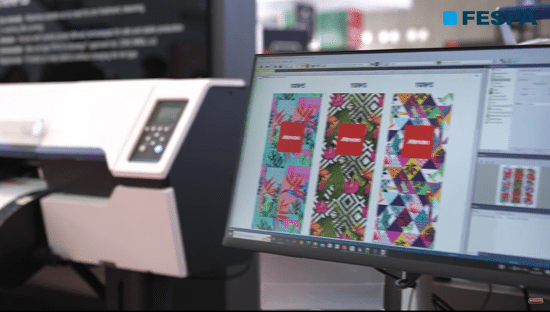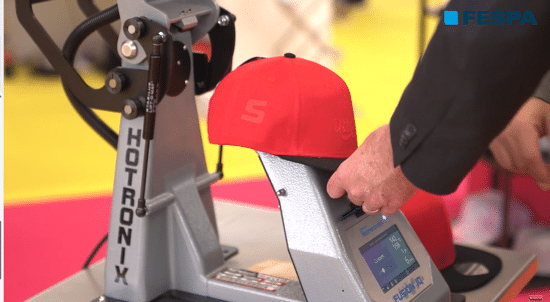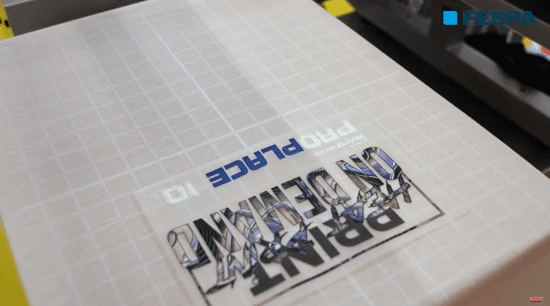Deinking glass

Laurel Brunner discusses printing on glass and the recycling and reuse of glass containers and bottles.
It takes about 1 million years for glass to biodegrade, so it’s a good thing that we have figured out sensible recycling processes for it. However, as the packaging industry gets ever more slickers, we must pay more attention to how we can keep recycling glass, particularly containers efficiently. Digital printing technology makes it easier to print direct to shape as we move away from plastics. We need to think more about ink formulations and deinking processes for glass containers. It needs to be economically viable to continue recycling them without increasing impacts through more complex deinking and recycling processes.
Printing on glass is quite common in the market although it’s not cheap or easy to print colour directly onto glass bottles and jars. Screen printing accounts for a majority of the market, however it is subject to design constraints like no halftones. That is why there is a general preference for pre-printed colour labels for glass containers. It quite rare to find inkjet systems that are designed to print direct to glass containers in high quality colour, although printing single colours is usually used for coding and marking.
Inkjet inks for printing on glass needs to be strong enough to stick and resist abrasion and be vibrant, with a wide colour gamut and they must be jettable. Inks needs to be removable during the recycling process so that the glass containers can be reused instead of being used to create a new glass product. Either way all the characteristics needed for inks printed on paper also applies to inks printed onto other surfaces like glass.
The availability of more inkjet inks for glass containers printing will improve the update of digital printing in the bottling industry. However, they must be suitable for the recycling and reuse of glass containers. Glass recycling is well established, there are various models around the world for collecting, processing and reusing it or reprocessing the glass into new products.
Efficient glass recycling means that less glass bottles need to be manufactured. This saves resources and makes it easier to move away from plastics. More work is required to develop inkjet inks for process colours that can be printed at speed on directly onto glass containers and then removed in the recycling and reuse phases.
Source: This article was produced by the Verdigris project, an industry initiative intended to raise awareness of print’s positive environmental impact. This commentary helps printing companies keep up to date with environmental standards, and how environmentally friendly business management can help improve their bottom lines. Verdigris is supported by the following companies: Agfa Graphics, Spindrift.click, EFI, FESPA, HP, Kodak, Kornit Digital, Ricoh, Splash PR, Unity Publishing and Xeikon.
Topics
Interested in joining our community?
Enquire today about joining your local FESPA Association or FESPA Direct
Recent news

What does Artificial Intelligence mean for the Design and Print Industry
Today, Artificial intelligence is already built into many products even though at times it is not noticeable. Looking towards the future, the growing presence of AI will change the design and printing industry forever. Sonja Angerer shares how you can successfully future-proof your business.

How to minimise water usage in textile printing with the Mimaki TRAPIS
We speak to Arjen Evertse, General Sales Manager EMEA and Marc Verbeem, Supervisor Product Management from Mimaki Europe about the Mimaki TRAPIS, an environmentally friendly, two-step, waterless textile transfer printing solution.

How to decorate hats with anything, anywhere including 3D embellishments
We speak to Andy Rogers, Marketing Director at Stahls' UK & Europe about decorating hats and specifically the 360 IQ hat press at FESPA Global Print Expo 2024 at the RAI in the Netherlands.

How to increase heat transfer efficiency with consistently accurate positioning
We speak to Andy Rogers, Marketing Director at Stahls' UK & Europe about the Pro Place IQ and the technology behind it. Andy shares how the Pro Place IQ projects the image on the screen, down onto the platen.